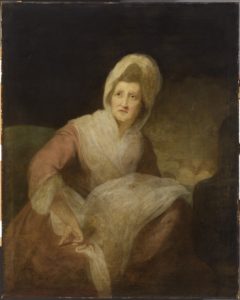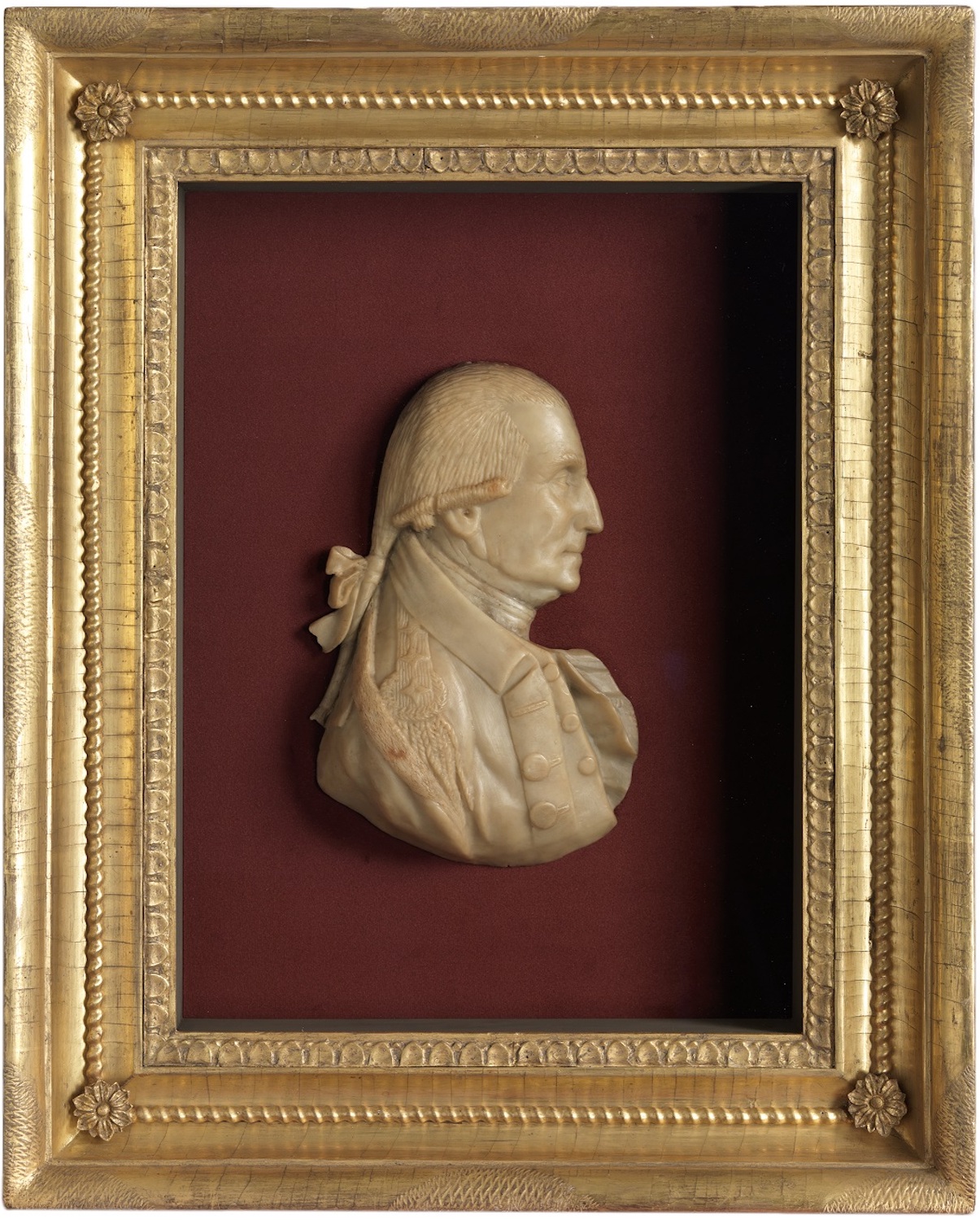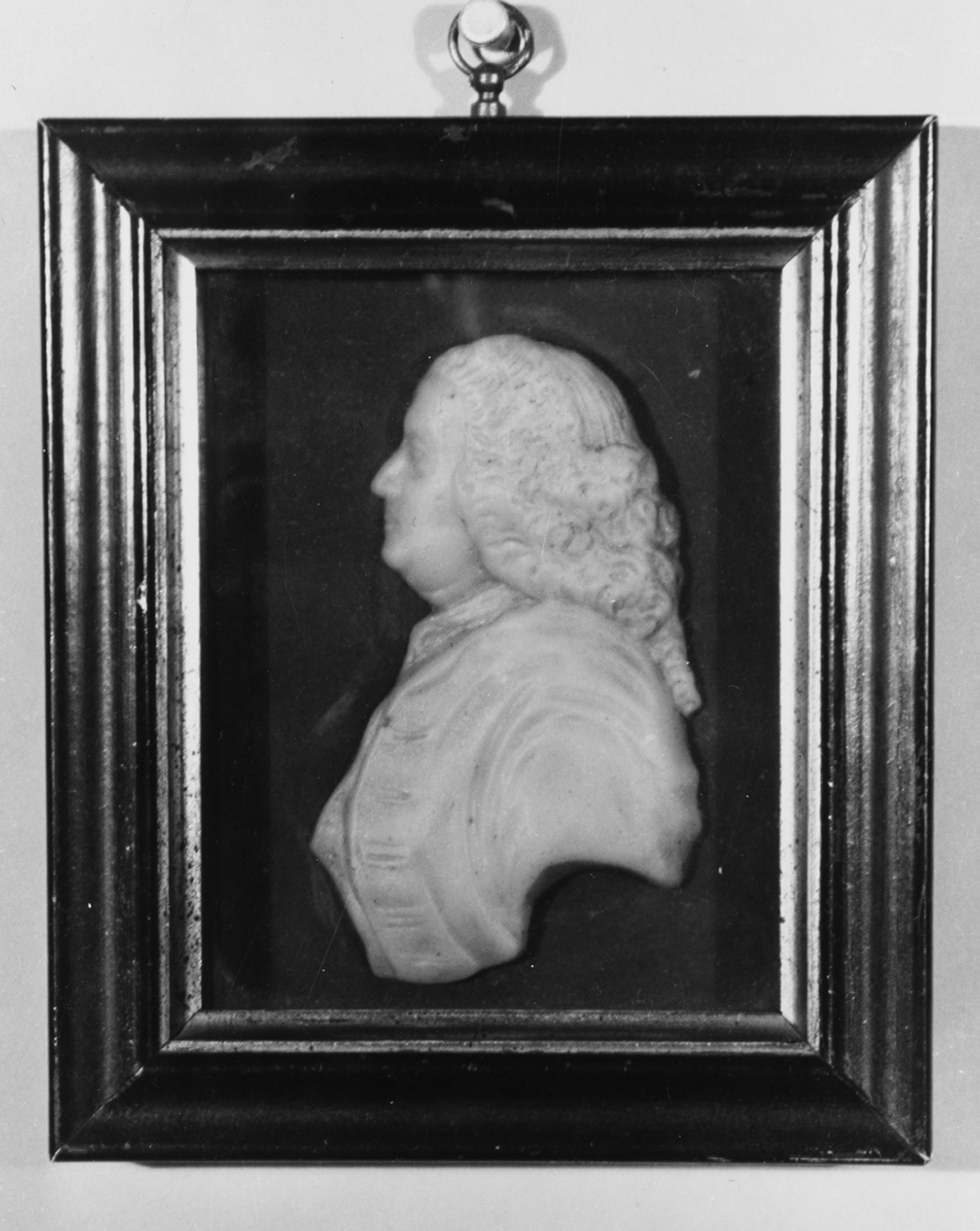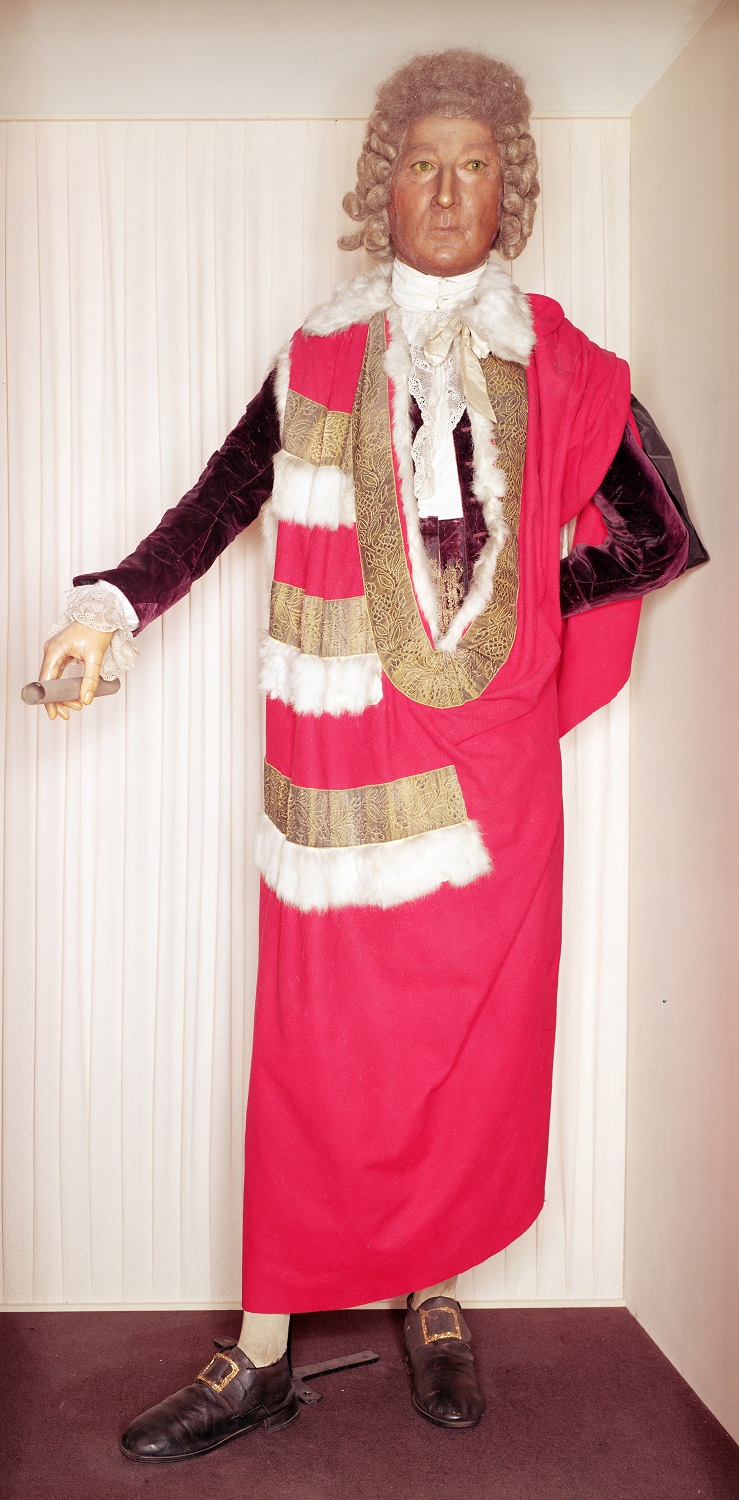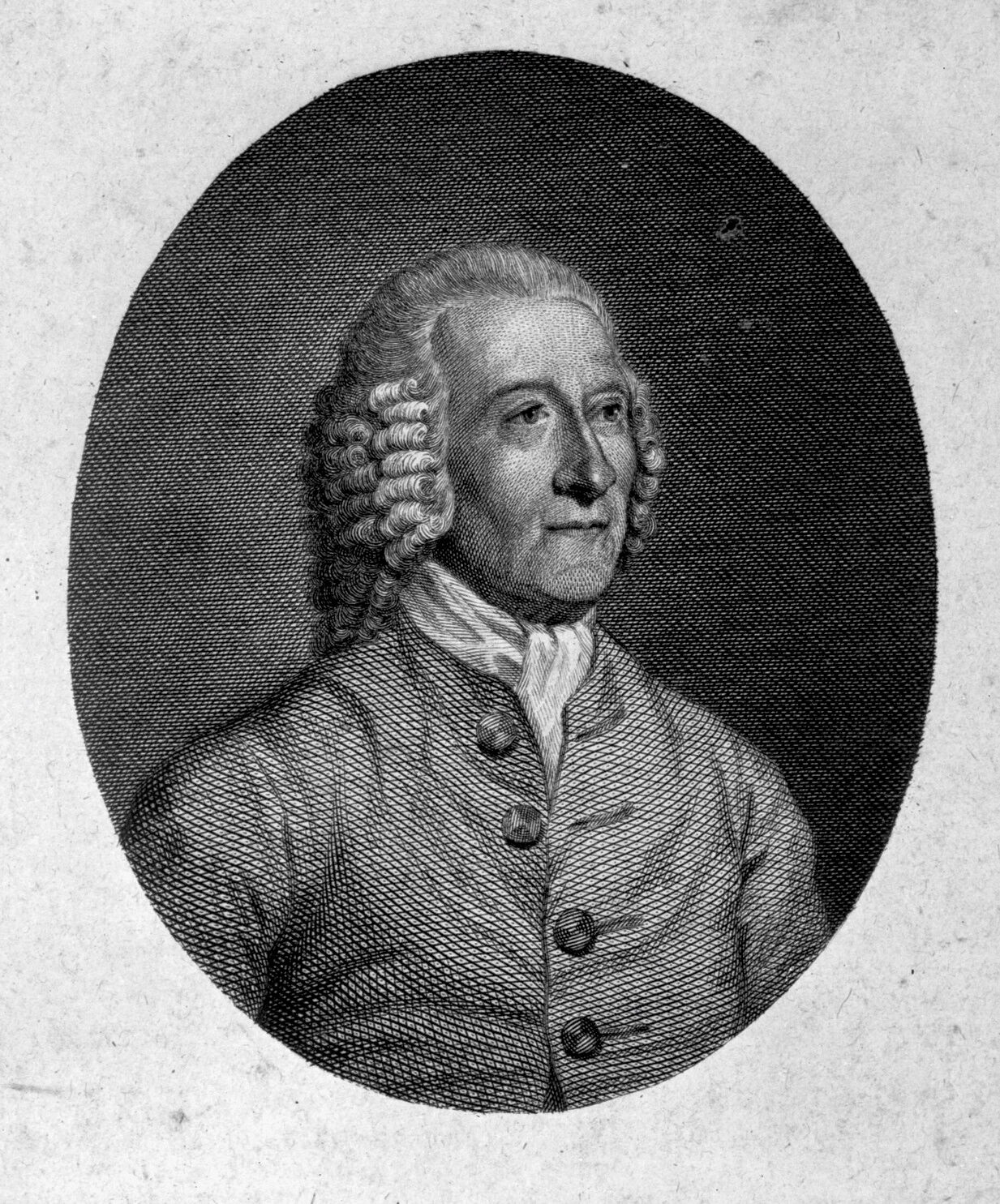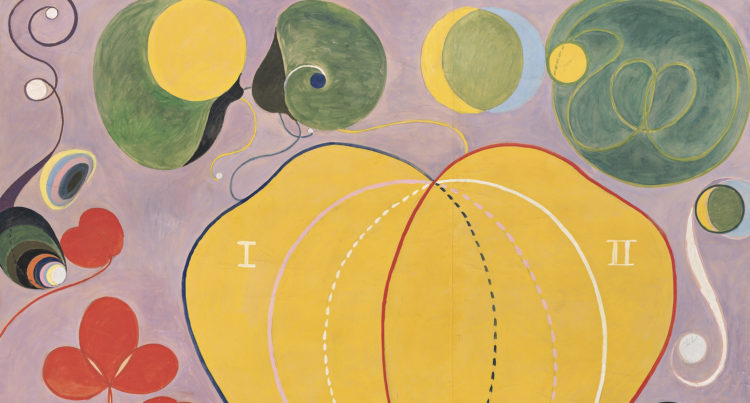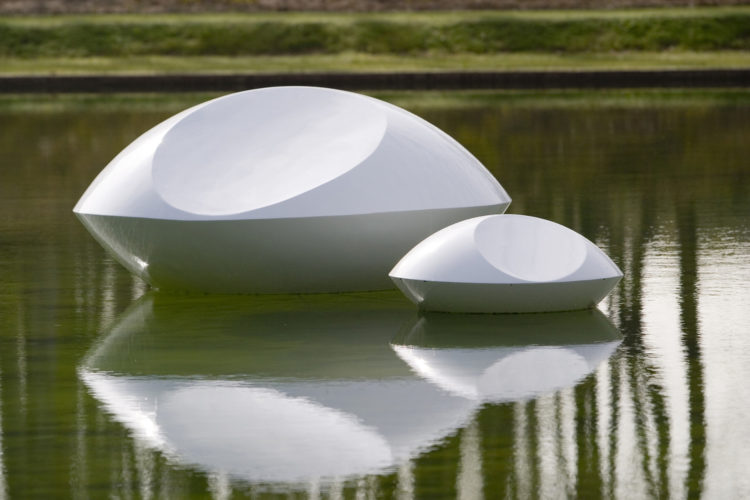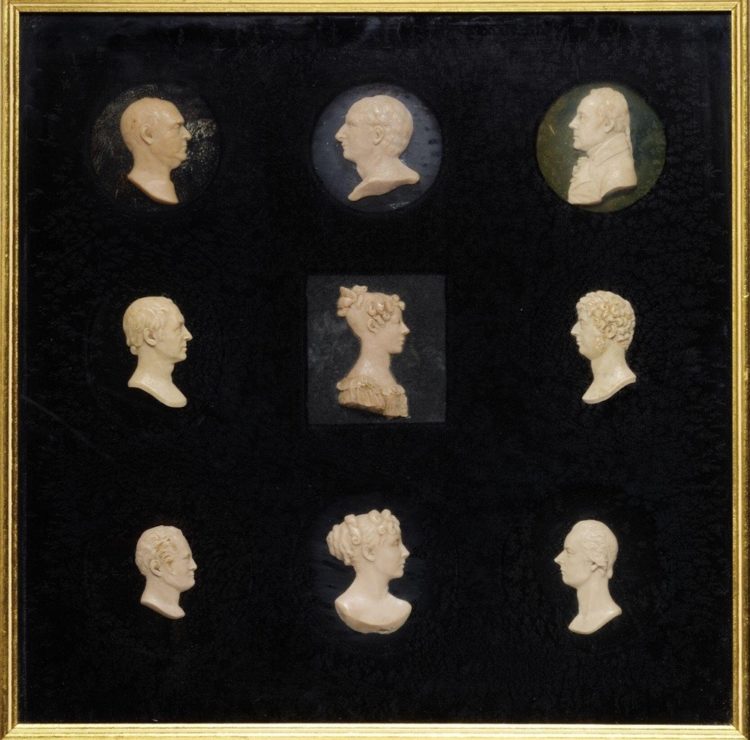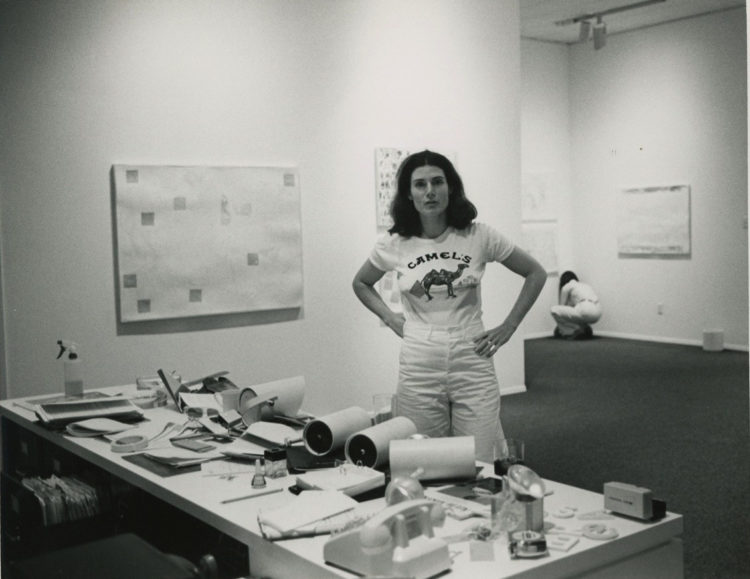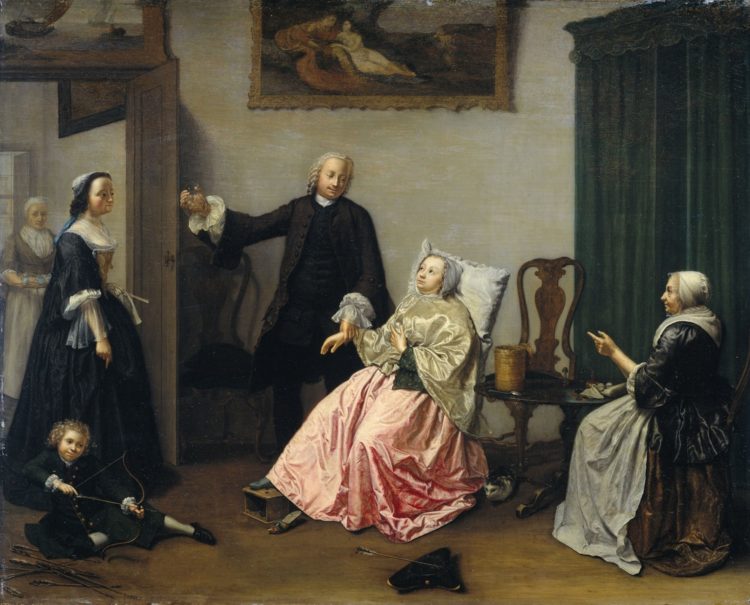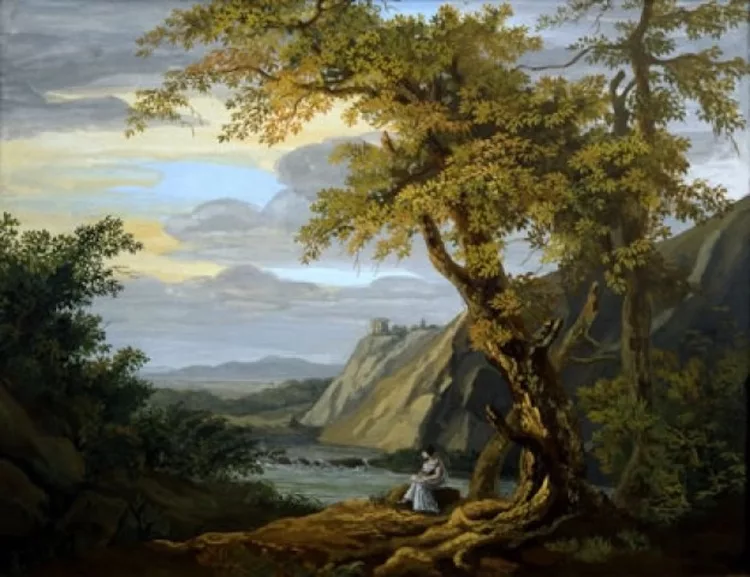Patience Lovell Wright
Serratore, Angela. “The Madame Tussaud of the American Colonies Was a Founding Fathers Stalker” Smithsonian Magazine, December 23, 2013
→Bellion, Wendy, “Patience Wright’s Transatlantic Bodies,” in Maurie McInnis and Louis Nelson eds. Shaping the Body Politic: Art and Political Formation in Early National America,
Charlottesville: University of Virginia Press, 2011, p. 15-48.
Deitz, Shea Pegi and Bethanne Andersen. Patience Wright: America’s First Sculptor and Revolutionary Spy. New York: Henry Holt, 2007.
Wax sculptor from the British American colonies.
Patience Wright is considered the first professional sculptor of Great Britain’s American colonies.
After the unfortunate early passing of her husband in 1769 she was forced to support herself and her four children. She did so by joining forces with her sister Rachel Wells (n.d.), to create wax replicas of famous people throughout the Americas and Europe. Wright trained her son, Joseph Wright (1756-1793), and he in turn trained William Rush (1756-1833) in the art of sculpture. Rush was a founding member of the Pennsylvania Academy of the Fine Arts (PAFA) (1805) – the first art school and museum of the United States – making P. Wright a founding mother of the arts in the Americas.
She modelled wax portraits of prestigious subjects such as Britain’s King George and Queen Charlotte. Her realistic life size wax portraits were composed of tinted wax, adorned with clothes and painted glass eyes. P. Wright was a forerunner of the now better-known Marie Tussaud (1761-1850), founder of the famed Tussaud’s museum.
Contemporary accounts suggest that the artist added spectacle to her mode of production by moulding wax between her legs to keep the material malleable, and that she would sculpt her subjects under her apron with her hand while looking at the sitter. The final unveiling of her work to the sitter, with the drawing of the life-sized figure out from under her dress, was often seen as akin to the act of giving birth.
Unfortunately, a fire broke out in her New York City studio in June 1771, destroying many of her sculptures. After the fire she relocated her practice to London. Living in Great Britain, she was an avid advocate of the American Revolution and is rumoured to have acted as a spy for her homeland and sent secret information to the Americans in the bodies of her wax figures.
The only extant full length wax sculpture by P. Wright currently known is her statue of William Pitt (1775) in the Westminster Abbey Museum. Museum works attributed to P. Wright include a wax bust of Benjamin Franklin (ca. 1775) in the collection of the Metropolitan Museum of Art in New York and a bust of George Washington (ca. 1786) in the PAFA collection in Philadelphia. Portraits of P. Wright are held in the collection of the Smithsonian National Portrait Gallery in Washington D.C.
A biography produced as part of the programme “Reilluminating the Age of Enlightenment: Women Artists of 18th Century”
© Archives of Women Artists, Research and Exhibitions, 2024


